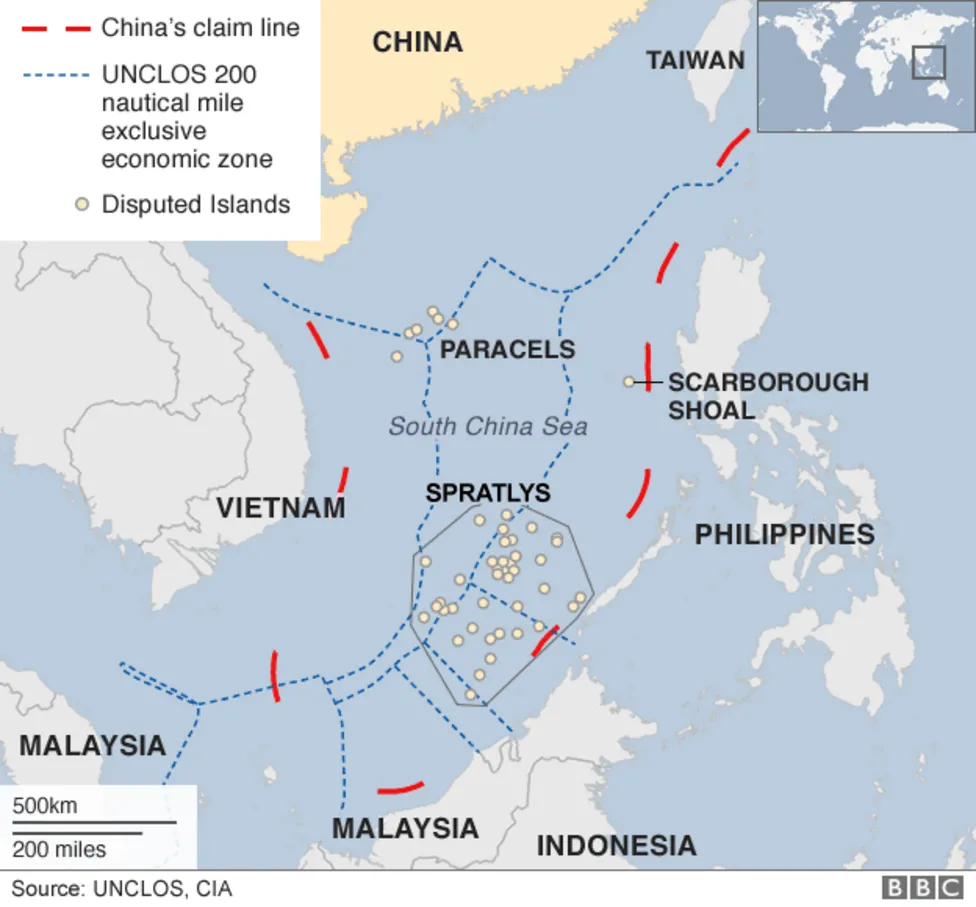
Connor Joyce ’25, pictured with the Statue of Liberty. (Photo courtesy Connor Joyce)
By Connor Joyce, Guest Columnist
As tensions rise between global powers and conflicts escalate into open warfare, the threat of a global war on a scale not seen since the Second World War reaches dangerous levels.
Rep. Michael McCaul, chairman of the House Foreign Affairs Committee, recently expressed grave concern over the possibility of a third world war.
“It would be an unholy alliance between Russia, China, Iran, North Korea, threatening both Europe and the Pacific,” McCaul told The Washington Post.
“[McCaul] doesn’t think there’s been an environment this ready to combust since the last World War,” the Post reported.
Traditional and cyber warfare in Europe as well as the Middle East has escalated global hostilities and pushed American adversaries closer together. In the Pacific, Russia, China and North Korea are consolidating their economic and defensive ties in a united front against the West. East Asia has increasingly pushed the military limits of the United States and its allies.
China actively pursues its illegal nine-dash line claims in the South China Sea. North Korea continually increases its military buildup on the Demilitarized Zone, already the most militarized national border in the world. Despite the ongoing invasion of Ukraine, Russia has taken a larger role in joint Pacific naval exercises in another show of force against the West.

This map shows China’s nine-dash line claim in the South China Sea, which is disputed by Vietnam, Taiwan and the Philippines. (Graphic via BBC News)
In the Middle East and Africa, Iran continues to press American allies, and Russia’s Wagner Forces as well as China’s Belt and Road initiative have made startling inroads in natural resource-rich regions.
To prepare America for the unfortunate threat of another global war, it is paramount that the U.S. focus on bolstering its global alliances and security dialogues, including NATO, the Quad and the Five Eyes. The U.S. must also revitalize its domestic military-industrial complex and ensure its ability to produce war fighting equipment in mass quantities, independent of other countries.
Lastly, America must also consider expanding its selective service program, incorporating women into the fold. This upgraded selective service program might also comprise mandatory paid basic military training. If global hostilities continue to build at the current rate, a need for required U.S. military reserve commitments may become integral to national security. Those who are medically unable to participate in the armed forces could be deferred to local, state and federal civil service, including military contractors and the U.S. intelligence community.
If the pieces once again align themselves in the form of a global conflict, America may lose if the nation’s defensive capabilities do not rapidly improve. Before World War II, President Franklin D. Roosevelt’s actions to increase the size of the military, boost production capacity and sponsor military research paid dividends during the war years, eventually leading to an Allied victory. With ongoing U.S. deindustrialization and military recruitment faltering, modern-day American leaders must also prepare the country as Roosevelt did, in case the worst comes to pass and the world finds itself in the thickets of another world war.
